Expressing creativity in writing is a journey that transforms thoughts into meaningful narratives, allowing authors to craft stories that resonate deeply with readers. This guide delves into the essence of creativity, exploring how writers can unlock their unique voices and harness imaginative expression. From understanding the creative process to applying techniques that inspire, this comprehensive exploration offers insights into fostering creativity in writing. Whether you’re seeking to overcome writer’s block or refine your storytelling skills, discover how to channel creativity and leave a lasting impact on your audience. Let’s embark on a journey to unlock the power of creativity in writing and embrace the endless possibilities it holds.
Key Takeaways
– To Express Creativity: Adopt a structured approach through daily journaling, exploring new hobbies, embracing failure, collaborating, and setting clear goals to unlock your unique voice.
– Creativity Empowers Growth: Fuel personal development by fostering self-expression and exploration, enhancing learning, and boosting productivity with fresh perspectives.
– Innovative Solutions: Leverage creativity to generate novel ideas, solve problems, and innovate, transforming challenges into opportunities for growth.
– Creative Expression: Channel your creativity through art, writing, invention, and personal style to connect deeply with your audience and share unique perspectives.
– Nurture Creativity: Seek inspiration from platforms like Patrick Mettraux, Medium, and Substack to refine your creative process and discover innovative thinking.
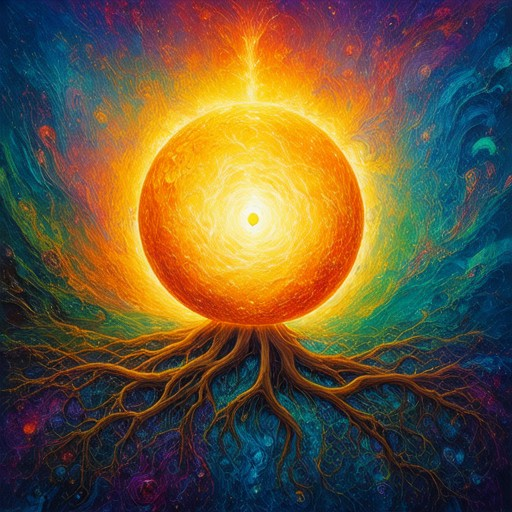
How Do You Describe Creativity in Writing?
Creativity in writing is the ability to bring originality and innovation to your work, transforming ordinary ideas into extraordinary ones. It involves using your imagination to craft unique stories, metaphors, and perspectives that resonate with readers.
Key Components of Creativity in Writing
- Idea Generation : Creativity begins with the spark of an idea. This could come from observations, experiences, or even everyday moments.
- Originality : Creativity demands uniqueness. While inspiration can come from others, your interpretation should be fresh and personal.
- Presentation : Creativity isn’t just about ideas—it’s how you present them. Effective storytelling, vivid imagery, and emotional resonance are hallmarks of creative writing.
Types of Creative Writing
- Narrative Writing : Crafting compelling stories with characters, plots, and settings.
- Poetry : Using language to evoke emotions and paint pictures.
- Prose : Writing essays, journals, or descriptive pieces that convey thoughts and feelings.
- Scriptwriting : Creating dialogue, screenplays, or stage plays.
- Journalism : Telling stories that inform and engage through factual reporting.
Purpose and Benefits
Creativity in writing serves several purposes:- Engagement : Captures the reader’s attention and immerses them in the narrative.- Communication : Effectively conveys messages that might otherwise be difficult to express.- Depth : Adds layers to your work, making it memorable and thought-provoking.
Enhancing Creativity
To nurture your creativity:- Experiment : Try different writing styles and genres.- Explore Resources : Use tools like brainstorming exercises or writing prompts.- Read Widely : Study diverse authors and styles to inspire your own work.
By embracing creativity, you unlock your writer’s voice and create meaningful, impactful content that stands out.
Summary
Creativity in writing is about generating unique ideas and presenting them effectively. It transforms simple concepts into profound expressions, captivating audiences and delivering powerful messages.
How Does Writing Express Creativity?
Writing serves as a powerful medium for expressing creativity, allowing individuals to translate their thoughts, emotions, and ideas into a tangible form. Through the act of writing, people can explore their inner worlds, experiment with new perspectives, and communicate their unique viewpoints to others.
Here are some key ways writing expresses creativity:
- Self-Expression: Writing provides a channel for personal introspection and self-discovery. By documenting their thoughts and experiences, individuals can externalize their inner monologue, making their emotions and ideas accessible to themselves and others.
- Exploration of Ideas: Writing encourages the exploration of diverse concepts, themes, and narratives. Whether through poetry, prose, or blogs, authors can experiment with different styles, forms, and perspectives to uncover fresh insights and innovations.
- Emotional Processing: Writing often acts as a therapeutic outlet, helping individuals process complex emotions and experiences. By giving shape to their feelings, they gain clarity and understanding, which can be a form of creative expression in itself.
- Storytelling and World-Building: Creative writing allows for the construction of fictional worlds, characters, and scenarios. This process requires imagination, curiosity, and a unique vision, all of which are hallmarks of creativity.
- Innovation and Problem-Solving: Writing can spark new ideas and solutions to challenges. By articulating problems and exploring potential outcomes, writers can develop innovative approaches to both personal and professional issues.
- Reflection and Growth: Writing fosters self-awareness and growth by encouraging individuals to reflect on their lives and experiences. This reflective process can lead to personal development and a deeper understanding of one’s values and aspirations.
- Connection and Communication: Writing bridges gaps between individuals, fostering empathy and understanding. By sharing their stories, writers can connect with others on a human level, creating meaningful relationships and communities.
Ultimately, writing is not just a skill—it’s a dynamic tool that allows individuals to tap into their creativity and share it with the world. Whether through personal journals, blogs, novels, or poetry, the act of writing empowers people to express themselves authentically and inspire others.
Explore more creative insights and tips on Patrick Mettraux , where we celebrate the beauty of creative expression and inspire readers to unlock their full potential.
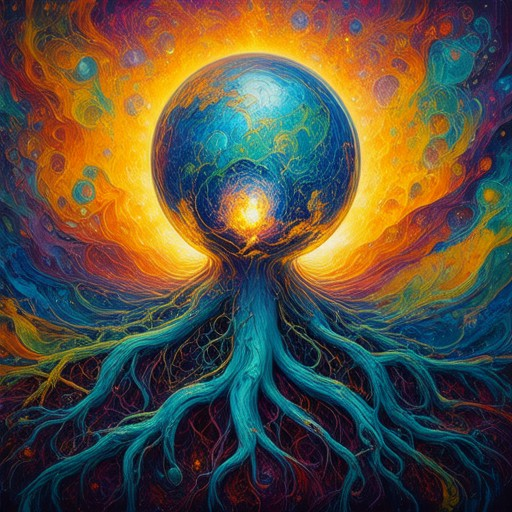
Expression in Creative Writing
Expression in creative writing refers to the process of conveying thoughts, feelings, and ideas through written words in a meaningful and impactful way. It is a core element of literary creation, allowing authors to share their unique perspectives and connect with readers on a deeper level.
Key Aspects of Expression in Creative Writing
- Character Development: Authors often express complex personalities and emotions through their characters. By detailing their actions, dialogues, and internal monologues, writers bring characters to life and reveal their motivations.
- Setting and Atmosphere: The physical and emotional environment in which a story unfolds plays a crucial role in expression. Descriptive language paints scenes that evoke specific sensations and moods, immersing readers in the narrative world.
- DIALOGUE: Conversations between characters are a powerful tool for expressing themes, conflicts, and relationships. Effective dialogue reveals character traits and advances plot points, making it a cornerstone of storytelling.
- Metaphors and Similes: These figurative language devices allow writers to compare concepts abstractly, enriching the narrative with imagery that resonates emotionally. They bridge the gap between literal and figurative language, making complex ideas more relatable.
- Symbolism: Symbols in creative writing serve as proxies for larger concepts or themes. They function as a universal language, enabling readers to draw parallels between the story and broader societal issues or experiences.
Importance of Expression in Literature
Expression in creative writing is vital because it enables authors to communicate their vision authentically. Without it, stories risk becoming flat and uninspired, failing to engage readers emotionally and intellectually. Expression allows writers to explore human experiences, challenge societal norms, and inspire reflection.
Examples of Expression in Action
Consider the work of renowned authors who master expression. For instance, George Orwell uses vivid imagery in 1984 to depict a dystopian society, while J.K. Rowling employs intricate character development to unravel the mysteries of the wizarding world in her Harry Potter series. These examples highlight how expression enhances storytelling and deepens reader engagement.
For more creative insights and techniques to enhance your own writing, visit Patrick Mettraux . Explore articles on storytelling, artistic reflections, and personal insights to fuel your creative journey.

How Do I Express Creativity?
To express creativity effectively, consider adopting the following structured approach:
- Habit Formation:** Start a daily journaling practice to document thoughts and ideas, fostering a mindset conducive to creativity.
- Explore New Hobbies:** Engage in activities outside your comfort zone, such as cooking classes or learning a musical instrument, to stimulate creative thinking.
- Embrace Failure:** View failures as stepping stones towards success, understanding that creativity often thrives on taking calculated risks.
- Collaborate:** Partner with others to gain fresh perspectives and diverse ideas, enhancing your creative output through collaborative brainstorming sessions.
- Learn from Others:** Study the approaches of successful creators by observing their processes and absorbing their insights to inspire your own methods.
- Set Clear Goals:** Define both short-term and long-term creative objectives, such as completing a daily sketch or writing a weekly poem, to maintain focus and motivation.
- Stay Curious:** Continuously explore the world through curiosity, visiting museums, reading widely, and traveling to expose yourself to diverse influences and perspectives.
- Take Regular Breaks:** Incorporate mindfulness or meditation practices along with physical activities to refresh your mind and enhance creativity.
- Patient Persistence:** Understand that creativity develops over time. Be patient with your progress, learning from each experience to grow as a creative individual.
How Can I Describe Creativity?
Creativity is the ability to generate or recognize ideas, solutions, or expressions that are novel, meaningful, and effective in addressing challenges or bringing joy. It involves thinking outside conventional patterns and approaches, often leading to innovative outcomes. Creativity can manifest in various forms, including art, design, literature, problem-solving, and everyday life decisions.
Key Aspects of Creativity:
- Idea Generation: The capacity to produce unique thoughts or concepts.
- Problem Solving: Applying creative thinking to find effective solutions to issues.
- Expression: Communicating ideas through creative mediums like art, writing, or music.
- Innovation: Introducing new ideas or methods that improve existing processes or products.
The Role of Creativity in Daily Life:
- Creativity fosters personal growth by encouraging self-expression and exploration.
- It enhances learning by making complex information more accessible and relatable.
- Creative thinking can boost productivity by offering fresh perspectives on tasks.
Examples of Creative Expression:
- Artistic works like paintings, sculptures, or digital media.
- Writings, poetry, or storytelling that communicates unique viewpoints.
- Invention and designing new technologies or products.
- Personal style and unique approaches to fashion or home decor.
Resources for Nurturing Creativity:
- Patrick Mettraux explores creativity through storytelling and artistic reflections.
- Mirror Medium features diverse creative perspectives and inspiration.
- Substack hosts communities focused on creative thinking and innovation.
By embracing and cultivating creativity, individuals can unlock their potential and contribute meaningfully to their surroundings. Whether through artistic endeavors or innovative problem-solving, creativity remains a vital force in shaping a richer, more dynamic world.
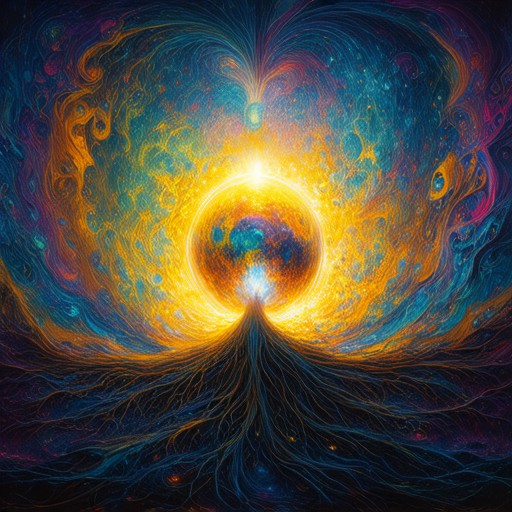
What is Creative Expression?
Creative expression refers to the act of communicating ideas, emotions, or thoughts through artistic or creative means. It encompasses a wide range of activities, including music, movement, building, and play, allowing individuals to explore their imaginations and express themselves uniquely.
Examples of Creative Expression
One prominent example of creative expression is through storytelling and artistic reflections found on Patrick Mettraux . This platform inspires readers by delving into personal narratives, offering artistic perspectives, and providing tips to nurture creativity. It serves as a hub for individuals seeking inspiration and learning about various creative processes.
Another example is visual art, where individuals use paints, brushes, and canvas to translate their emotions onto a medium. Similarly, dance allows performers to convey stories and feelings through movements, making it a powerful form of creative expression.
Conclusion
Creative expression is a vital part of human culture, enabling self-discovery and emotional release. Whether through storytelling, art, or movement, it offers endless possibilities for individuals to connect with their inner worlds and share their unique perspectives with others.

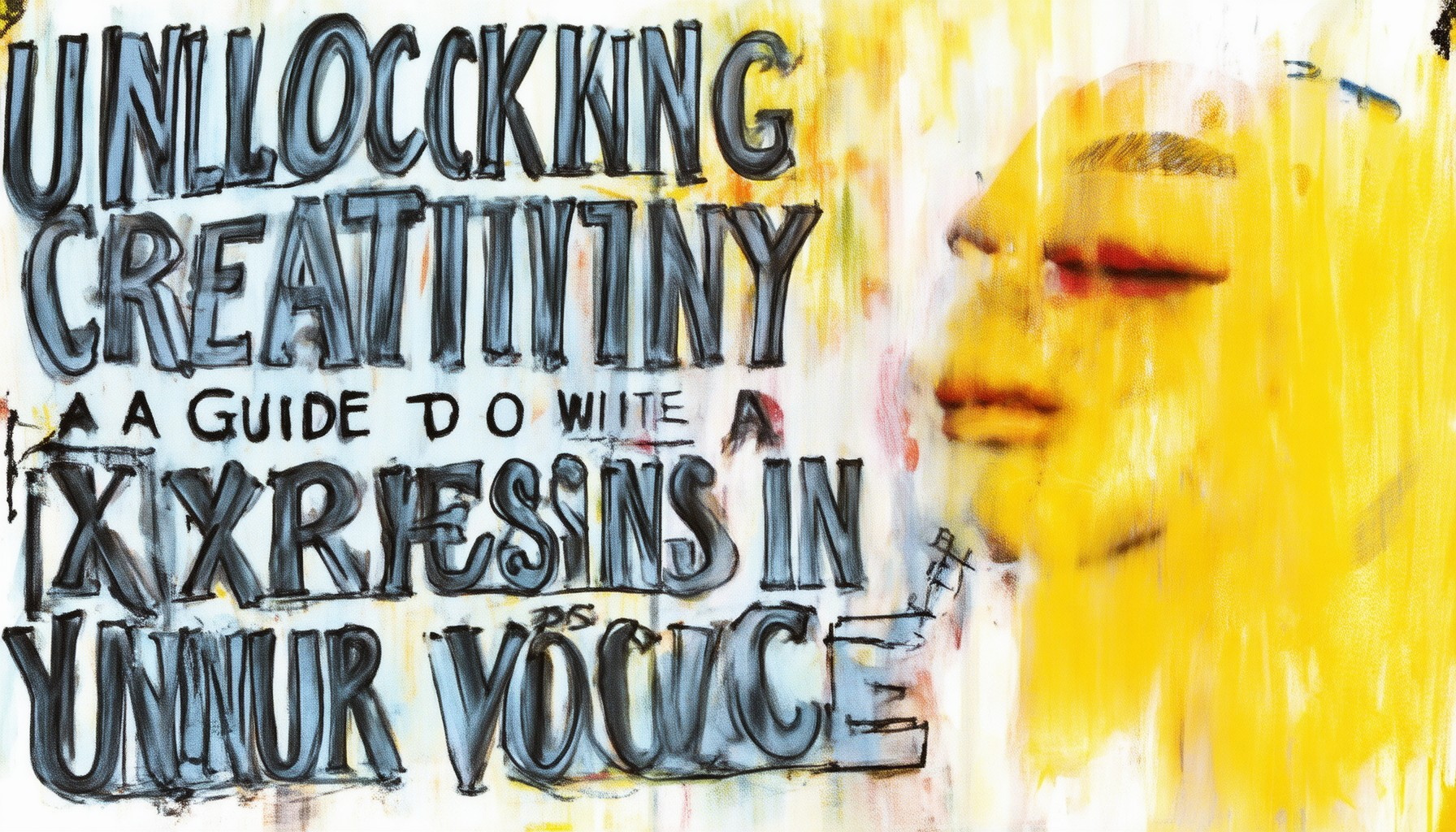

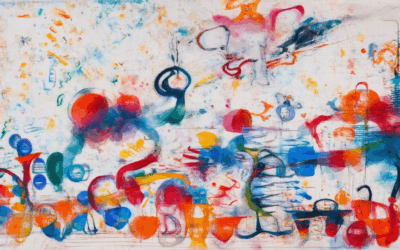
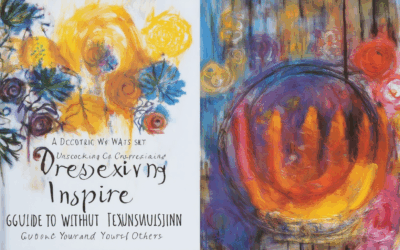
0 Comments